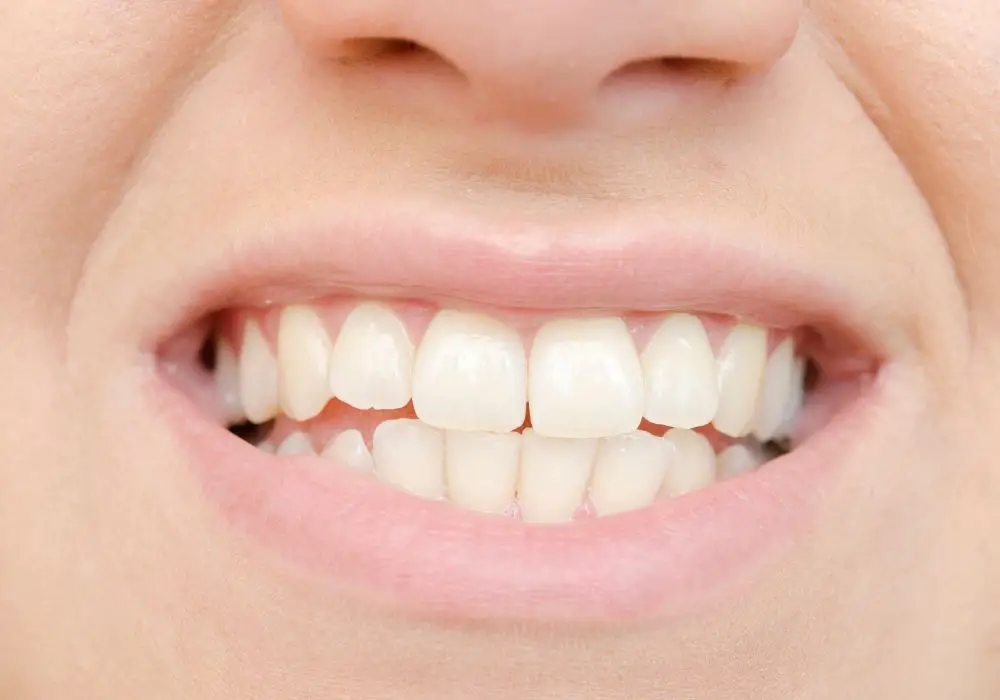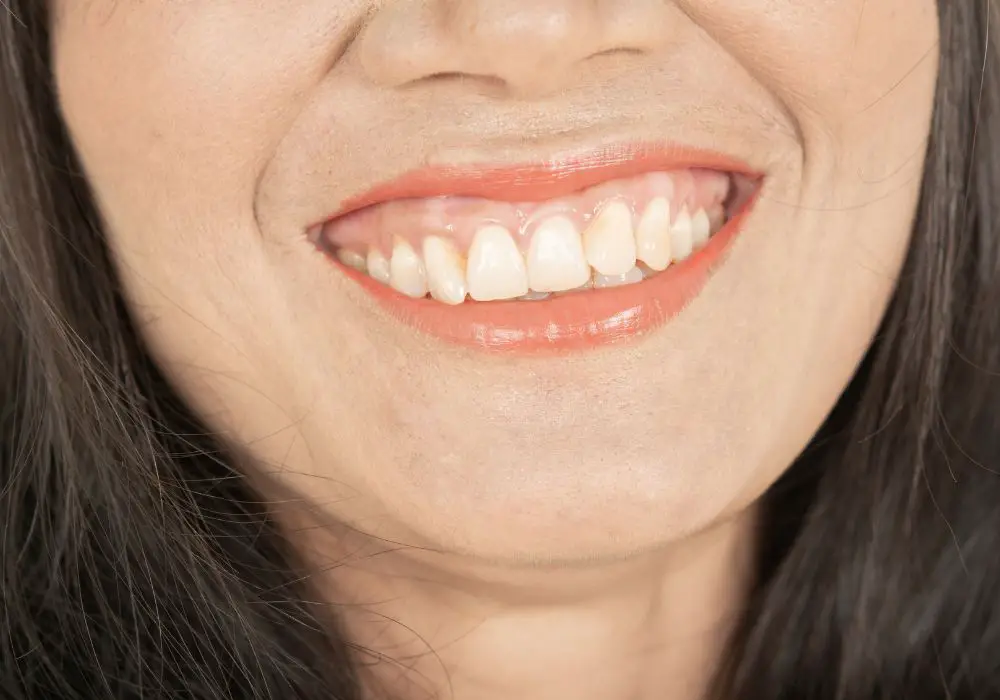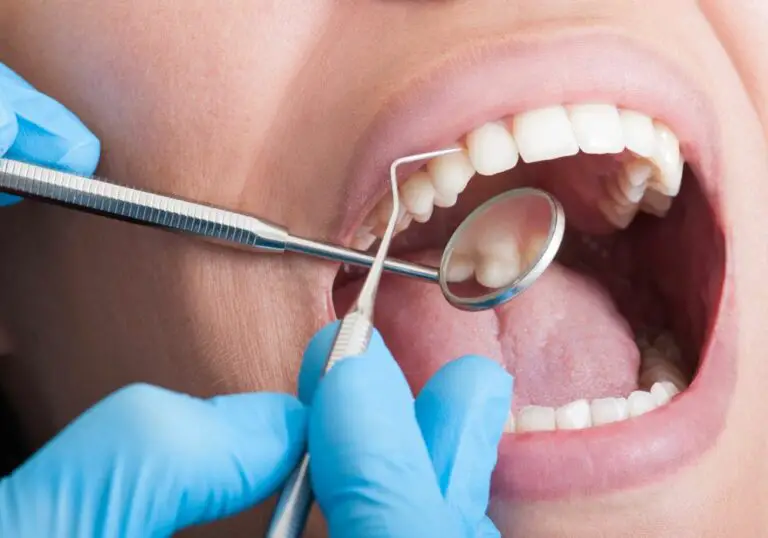Human bones and teeth can reveal a wealth of information about a person’s life, including their age, sex, ancestry, and even their cause of death. This information can be crucial for forensic investigations, archaeological research, and medical diagnoses.
When examining bones, experts look for various characteristics such as size, shape, and density to determine a person’s age and sex. For example, the pelvis and skull are the two most useful parts of the body for determining sex. Teeth can also provide valuable information, such as dietary habits, occupation, and even whether the person was a heavy smoker or not.
In addition to providing insight into an individual’s life, bones and teeth can also reveal information about larger populations. Anthropologists use skeletal remains to study the history and migration patterns of different groups of people. By analyzing bones and teeth, researchers can learn about the health, diet, and lifestyle of ancient civilizations. Overall, the study of human bones and teeth provides a fascinating glimpse into our past and present.
Understanding Human Bones

Bone Structure
Bones are complex structures that provide support and protection to the body. They are made up of living tissue and are constantly changing throughout your life. Understanding the structure of bones can help you understand how they function and what they can tell us about people.
Bones are made up of two types of tissue: compact bone and spongy bone. Compact bone is the hard, dense outer layer of bone that provides strength and protection. Spongy bone is the inner layer of bone that is less dense and contains bone marrow. Bone marrow is the soft, spongy tissue found in the hollow center of bones.
Bones are also made up of several different types of cells, including osteoblasts, osteocytes, and osteoclasts. Osteoblasts are responsible for building new bone tissue, while osteoclasts break down old bone tissue. Osteocytes are mature bone cells that help maintain bone tissue.
Bone Growth
Bones grow and develop throughout your life, starting from before you are born. During fetal development, bones begin as soft cartilage and gradually harden into bone tissue. By the time you are born, most of your bones have already formed.
As you grow and develop, your bones continue to change and adapt. Bones grow in length and width, and they also become denser and stronger. This process is called bone remodeling, and it is essential for maintaining healthy bones throughout your life.
Changes in bone structure and density can provide valuable information about a person’s health and lifestyle. For example, bones that are thin and brittle may indicate a lack of calcium or vitamin D, while bones that are thick and dense may indicate a history of physical activity.
Understanding the structure and growth of human bones can help us learn more about the people who lived before us. By studying the bones of ancient humans, archaeologists and anthropologists can gain insights into their health, diet, and way of life.
Teeth and Their Secrets
Teeth are an essential part of the human body and can reveal a lot about a person’s health and lifestyle. Dental records are often used to identify individuals in forensic investigations, and archaeologists use teeth to study ancient populations. Teeth can also provide insight into a person’s diet, age, and overall health.
Teeth Types
Humans have four types of teeth: incisors, canines, premolars, and molars. Each type of tooth has a specific function in the mouth.
- Incisors are the front teeth used for biting and cutting food.
- Canines are the sharp teeth next to the incisors and are used for tearing food.
- Premolars are located between the canines and molars and are used for crushing and grinding food.
- Molars are the largest teeth at the back of the mouth and are used for grinding and crushing food.
The number of teeth a person has can also provide information about their age. Children have 20 primary teeth, while adults have 32 permanent teeth.
Teeth Development
Teeth development begins before a person is born. The first set of teeth, called primary teeth, begin to develop in the womb and usually start to appear between 6 and 12 months of age. These teeth eventually fall out, and the permanent teeth begin to emerge around the age of 6.
The condition of a person’s teeth can reveal a lot about their overall health. Poor dental hygiene can lead to tooth decay, gum disease, and other oral health problems. Additionally, certain medical conditions and medications can affect the development and appearance of teeth.
In conclusion, teeth can provide valuable information about a person’s health and lifestyle. Understanding the different types of teeth and their functions can help us better appreciate the importance of dental hygiene and the role teeth play in our overall health.
Health Conditions Revealed

Human bones and teeth can provide insight into a person’s overall health and well-being. By examining skeletal remains, researchers can determine if an individual suffered from certain health conditions during their lifetime. Here are some health conditions that can be revealed through the examination of bones and teeth.
Nutritional Deficiencies
Bones and teeth can reveal if an individual suffered from nutritional deficiencies during their lifetime. For example, if an individual had a diet deficient in vitamin D, their bones may show signs of rickets, a condition that causes bones to become weak and brittle. Similarly, if an individual had a diet deficient in iron, their bones may show signs of anemia, a condition that causes a lack of red blood cells.
Diseases and Infections
Bones and teeth can also reveal if an individual suffered from certain diseases and infections during their lifetime. For example, if an individual had tuberculosis, their bones may show signs of the disease, such as lesions or deformities. Similarly, if an individual had syphilis, their bones may show signs of the disease, such as gummas or bone destruction.
In addition, teeth can reveal if an individual suffered from dental diseases and infections. For example, if an individual had periodontal disease, their teeth may show signs of gum recession, bone loss, and tooth mobility. Similarly, if an individual had dental caries, their teeth may show signs of decay, such as cavities and enamel erosion.
Overall, bones and teeth can provide valuable information about an individual’s health and well-being. By examining skeletal remains, researchers can gain insight into the health conditions that affected people in the past, as well as the factors that contributed to their health and well-being.
Lifestyle and Habits
Human bones and teeth can provide valuable information about the lifestyle and habits of individuals. By analyzing the wear and tear on teeth and bones, archaeologists and anthropologists can learn about the dietary habits and physical activity of people from the past.
Dietary Habits
Teeth can reveal a lot about what people ate. For example, the size and shape of teeth can indicate whether a person was primarily a meat-eater or a vegetarian. Teeth can also show signs of wear from eating tough or gritty foods, such as nuts or seeds. By examining the chemical composition of bones, researchers can determine whether a person’s diet was high in protein or carbohydrates.
In addition to revealing what people ate, bones and teeth can also provide information about how food was prepared. For example, evidence of cooking can be found in the wear and tear on teeth and the presence of charred material on bones.
Physical Activity
Bones can provide clues about the physical activity of individuals. For example, bones of people who engaged in manual labor, such as farming or construction, may show signs of stress and wear. Bones of people who were more sedentary may be less dense and show less wear.
In addition to revealing the type of physical activity, bones and teeth can also provide information about the frequency and intensity of activity. For example, bones of people who engaged in regular exercise, such as running or weightlifting, may be thicker and denser than those of people who did not.
Overall, bones and teeth can provide valuable insights into the lifestyle and habits of people from the past. By analyzing these remains, researchers can learn about everything from what people ate to how they spent their days.
Historical and Ancestral Information
Human bones and teeth can provide valuable information about the historical and ancestral background of individuals. By analyzing the physical characteristics of bones and teeth, researchers can determine a person’s ancestry and cultural practices.
Ancestry Tracing
Bones and teeth contain DNA, which can provide information about a person’s ancestry. DNA analysis can determine a person’s genetic makeup and can help identify their geographic origins. For instance, researchers can use DNA analysis to determine whether a person has European, African, or Asian ancestry.
In addition to DNA analysis, researchers can also use physical characteristics of bones and teeth to determine ancestry. For example, the shape of the skull and the size of the nose can indicate whether a person has European or African ancestry. The shape of the eye sockets and the cheekbones can indicate whether a person has Asian ancestry.
Cultural Practices
Bones and teeth can also provide information about cultural practices. For example, researchers can determine what kind of food people ate by analyzing the wear patterns on teeth. They can also determine whether people were exposed to certain environmental toxins, such as lead, by analyzing the chemical composition of bones.
Furthermore, researchers can determine whether people engaged in certain cultural practices, such as head shaping or dental modification, by analyzing the shape of the skull and teeth. Head shaping was a practice in which infants’ skulls were intentionally deformed to achieve a certain shape. Dental modification involved shaping teeth into a particular form or removing teeth altogether.
In conclusion, bones and teeth can provide valuable information about a person’s historical and ancestral background. By analyzing the physical characteristics of bones and teeth, researchers can determine a person’s ancestry and cultural practices.
Forensic Identification

When it comes to forensic identification, human bones and teeth can provide a wealth of information. In forensic anthropology, the analysis of human remains can help identify individuals, determine their age and sex, and even shed light on their cause of death. Here are some of the ways that human bones and teeth can be used in forensic identification:
Age Estimation
One of the most important pieces of information that human bones and teeth can provide is the age of the individual. This can be determined by analyzing the growth and development of the bones and teeth, as well as the wear and tear that they have undergone over time. For example, the eruption of teeth can be used to estimate the age of a child, while the fusion of certain bones can indicate the age of an adult.
Sex Determination
In addition to age estimation, human bones and teeth can also be used to determine the sex of the individual. This can be done by analyzing the shape and size of certain bones, such as the pelvis, skull, and long bones. Teeth can also be used to determine sex, as males and females often have different patterns of wear and tear on their teeth.
Individual Identification
Perhaps the most important use of human bones and teeth in forensic identification is individual identification. By analyzing the unique features of an individual’s bones and teeth, such as their size, shape, and any injuries or abnormalities, forensic anthropologists can often determine the identity of the person. This can be crucial in cases where the body is badly decomposed or disfigured, or where other forms of identification, such as fingerprints or DNA, are not available.
Overall, forensic identification using human bones and teeth is a complex and fascinating field. By analyzing the growth, development, and unique features of these structures, forensic anthropologists can provide valuable information that can help solve crimes and bring closure to families and loved ones.
Frequently Asked Questions
What information can be obtained from human bones and teeth?
Human bones and teeth can provide valuable information about a person’s life, including their age, sex, ancestry, and even their occupation. Bones can also reveal evidence of trauma, disease, and malnutrition.
How can the skull be used to determine age?
The skull is a particularly useful bone for determining age. By examining the sutures, or the areas where the different bones of the skull meet, experts can estimate a person’s age at the time of death. The presence or absence of teeth can also be used to estimate age.
What can skeletal remains reveal about a person’s identity?
Skeletal remains can provide clues about a person’s identity, including their sex, ancestry, and even their height. By analyzing the shape and size of bones, experts can determine whether the individual was male or female, and where their ancestors may have originated from.
What can the teeth tell us about a person?
Teeth can provide a wealth of information about a person’s diet, health, and even their occupation. By examining the wear patterns and shape of teeth, experts can determine what types of foods a person ate, and whether they engaged in activities that put stress on their teeth, such as playing musical instruments.
What are the most useful bones for developing a profile of a person?
The most useful bones for developing a profile of a person are those that are most likely to survive after death, such as the skull, pelvis, and long bones of the arms and legs. These bones can provide information about a person’s age, sex, and ancestry, as well as evidence of trauma, disease, and malnutrition.
How does a person’s life reflect in their bones?
A person’s life experiences can leave a lasting imprint on their bones. For example, malnutrition during childhood can result in stunted growth and weakened bones, while certain diseases can leave telltale signs in the bones. Trauma, such as fractures or dislocations, can also leave lasting marks on the bones.







